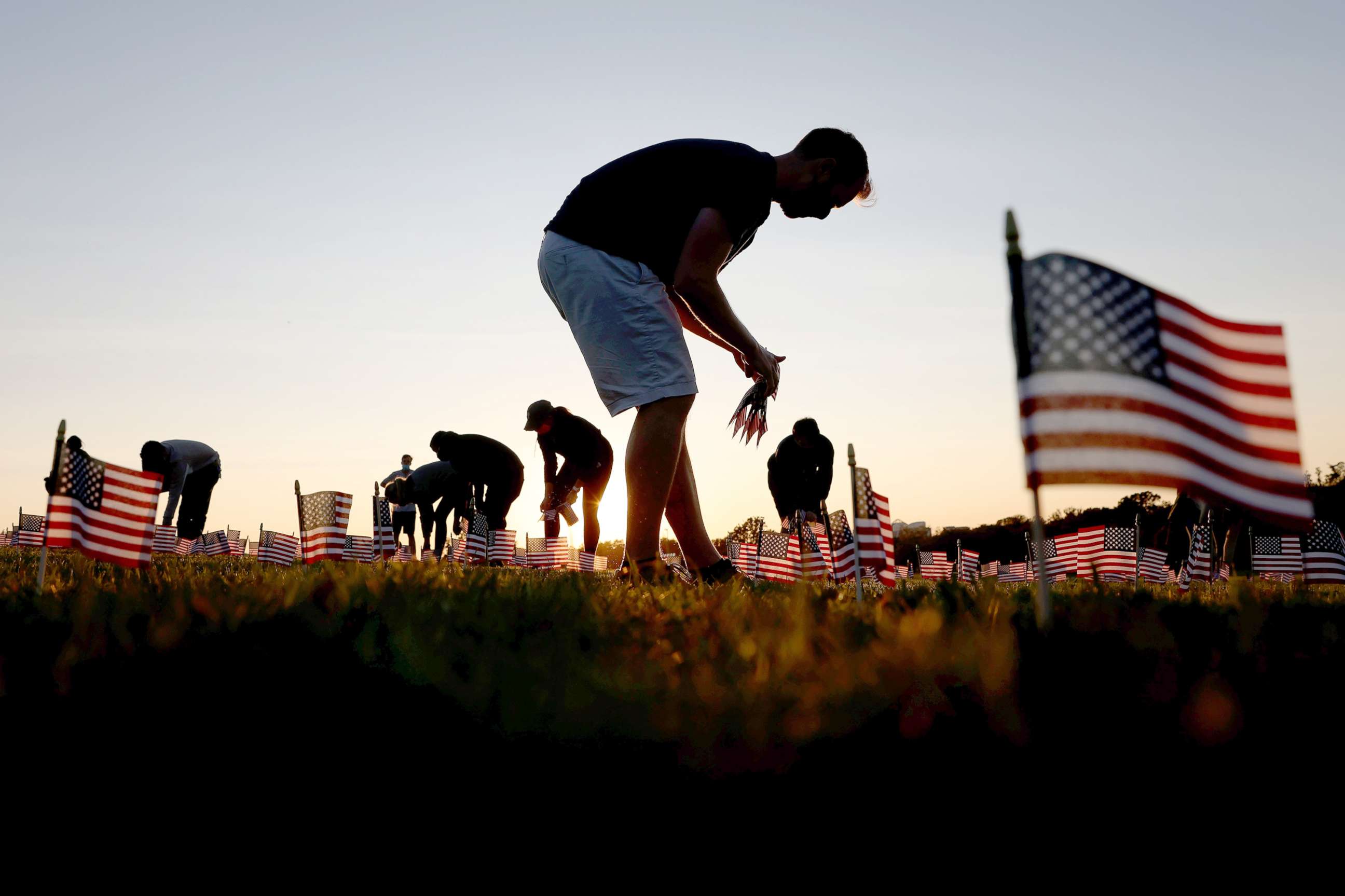COVID-19 cases up 15%, according to FEMA
New COVID-19 cases increased nationally over the last week, according to an internal FEMA memo obtained by ABC News.
In the last seven days, new cases went up 15.1% compared to the previous seven days, the memo said.
Cases are going up in 22 states and territories, with Colorado in particular seeing a "sharp uptick" in cases last week "primarily related to institutions of higher education," the memo noted. Within Colorado, the counties of Denver, Adams and Boulder had the highest number of new cases over the last three weeks, according to the memo. Boulder County -- home to the University of Colorado-Boulder -- reported the largest number of cases last week, it said.
Wisconsin is also seeing a surge in cases tied to college campuses. Over 80% of all counties in the state have moderate or high levels of community transmission, according to the memo, and a large proportion of the localities with the fastest-growing epidemics have a University of Wisconsin campus. Last week, the University of Wisconsin-Madison reported more than 700 cases, the memo said. Eighteen- to 24-year-olds have a case rate five times higher than any other age group in the state, FEMA found.
Deaths due to COVID-19 were stagnant nationally, according to the memo. In the last week, there was a 0.6% decrease in recorded deaths over the previous week. Virginia had its second-worst week of reported deaths last week, with 238, including the first COVID-19 death in a child in the state, the memo said.
The national test-positivity rate ticked downward slightly in the past seven days, to 4.4%, said the memo. It was 4.6% for the prior seven-day period.
ABC News' Josh Margolin contributed to this report.





